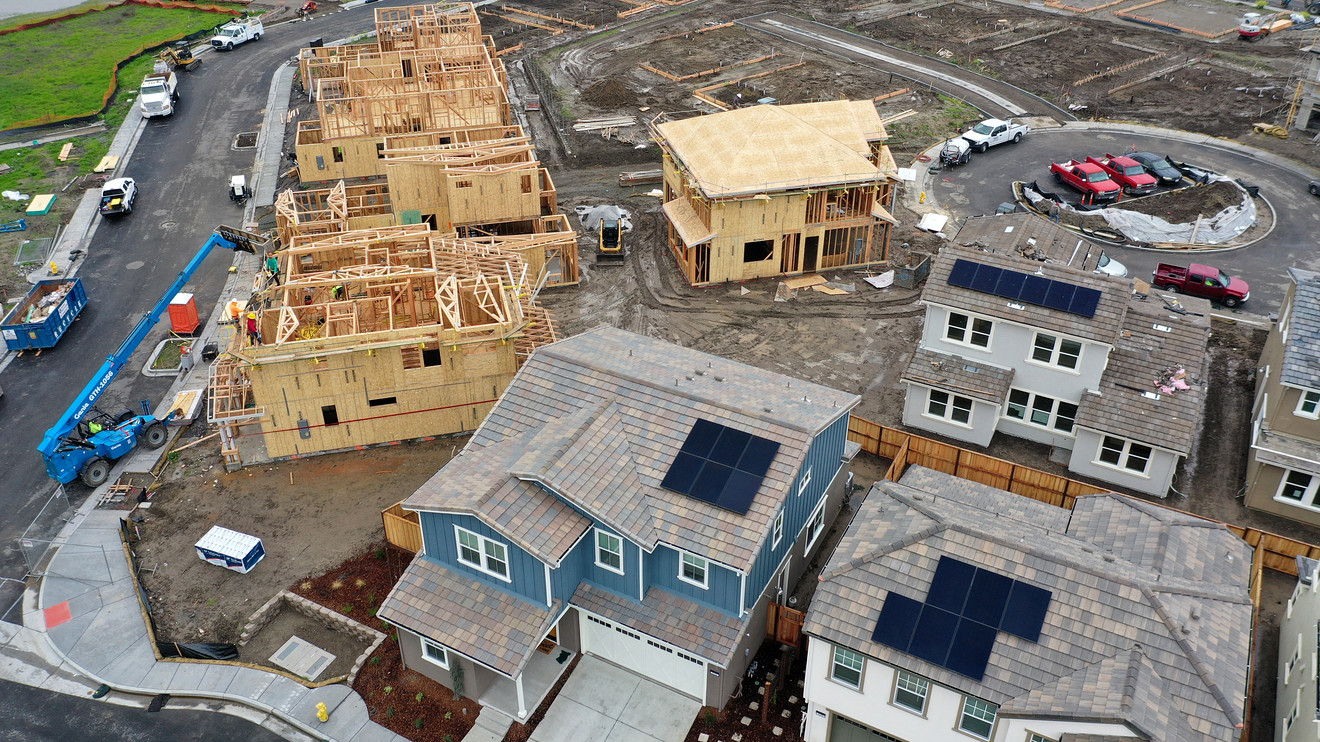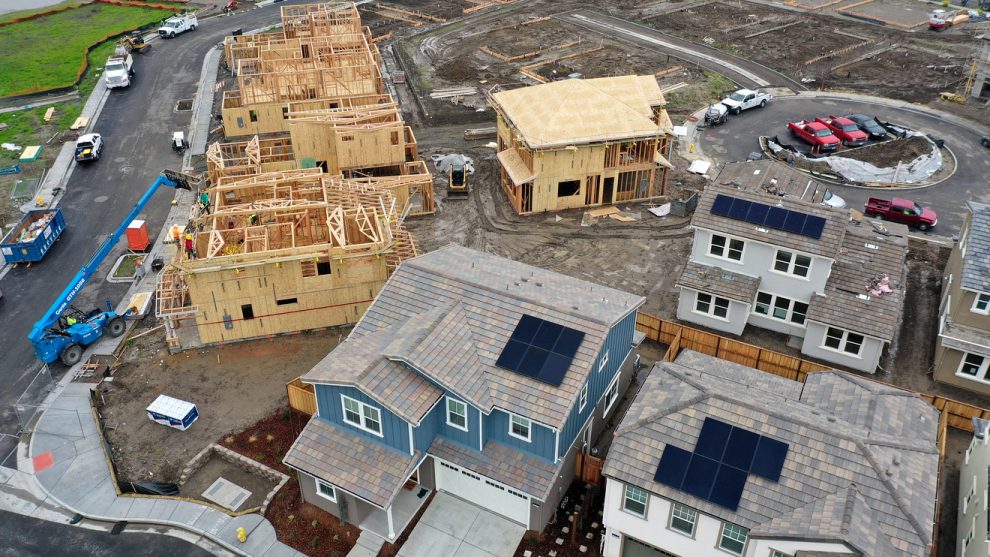
Cities often tout their low cost of living as a tool for attracting new residents. On the face of it, that would make sense. After all, who wouldn’t like to pay less for the things they buy: home, auto, food and recreation? Who would not wish to move to an adjacent neighborhood and pay less for all these things?
Of course, if all of this were true there would be a mass exodus of families and businesses from expensive places. Quite the opposite is happening, and that warrants a brief lesson in economic geography.
The typical household consumes some 300 to 500 different goods and services each month. Many of these hardly even cross our minds. We buy several different types of insurance, financial management of our retirement fund, public education, police and fire protection, water, sewer, electricity, gas, and cable TV. We might buy a newspaper or magazine, and maybe a telephone with four or five different subscriptions.
Many of the things we buy are determined by repetitive decisions. These would include milk, cereal, bread, peanut butter, soap and shampoo, eggs, and staples for breakfast, lunch, and dinner. We might visit chain restaurants or a local place to eat and have a drink. Or, we might head to the local theater for a movie, or sports bar to watch a game. Finally, we consume things we buy over long periods, such as a home or automobile.
How and why these things vary in price from place to place is an interesting question. It is also very instructive into the effect of place on value. I think it is helpful to think about this across three domains.
First, products or services that are indistinguishable across different places and exchanged in a national market will usually have the same price. If not, we could buy in one place and resell them in another to make a profit. This arbitrage prevents major price differences in different places. The most obvious place this occurs is in online sales. Amazon does not charge more for a product based on where you live. Most bricks-and-mortar stores don’t either.
Differences in prices because of taxes or regulations are not trivial, but they cannot explain the biggest variation in regional cost of living.
Arbitrage disciplines other retailers to keep prices significantly close to the cost of goods. You can tell this by keeping very detailed price statistics, or you can simply look at the profits of the world’s largest retailer. Walmart profits have been between 3% and 4% for the almost 50 years they have been a public company.
Second, there are services that typically vary in price across regions because of specific effects determined locally. The most obvious of these are public services, or natural monopolies such as electricity. Taxes and electricity are high in some places because voters sustain policies that cause higher taxes and electricity rates. This may also affect home prices through regulations that limit the size, type and lot size of housing.
Differences in prices because of taxes or regulations are not trivial, but they cannot explain the biggest variation in regional cost of living. Nor can they explain patterns of population growth between places.
The big difference in cost of living between places is in housing prices. The biggest cause of home-price differences is not regulation or taxes, but on the quality of the neighborhood in which the home is located. While different tax rates or housing restrictions might change the value of a home by 10% or 15%, the quality of the neighborhood can change home prices by several hundred percent.
I have written before that the value of two identical homes will vary by as much as 25% given the quality of the local schools. This is one part of a neighborhood’s conditions that influence home prices. The reason for this is that consumers bundle together the attributes of a neighborhood, including schools. Livable communities, good schools, safe neighborhoods and other attributes tend to cluster together.
Every family makes these decisions, and there is very strong evidence that even poor households with limited location choices value better local services. The best anecdotal evidence is that more than six out of every 10 students who live inside the troubled Gary, Indiana, school boundaries have transferred to public charter or private schools.
Affluent households typically have more choice in where they live, but the dynamics of location choice matter to most families.
This “voting with your feet” is an important aspect of any regional economy, and brings us back to the risk of selling a low cost of living as an important factor in a region’s attractiveness. While many households will be attracted to a location where they can get a bigger or better house for the same price, there is always an underlying reason for this.
The primary difference in the total cost of living between two places is the value of the local community. The prices of most goods are very similar, so it is really down to tax differences and the price of housing. Households make rational decisions as they compare the higher cost of taxes with the greater benefit of good schools and nice neighborhoods.
Although there is plenty of anecdotal evidence of families leaving high-cost areas, in reality, these locations mostly see huge in-migration of households. As with every purchase, value rather than price determines family location decisions.
Be cautious when you boast about the low cost of living in your community. You might really be admitting your community has problems that reduce home prices. That isn’t really a long-term winning strategy for any neighborhood, and it isn’t anything to boast about.
Michael J. Hicks is the George and Frances Ball distinguished professor of economics and the director of the Center for Business and Economic Research at Ball State University in Muncie, Indiana. This was first published as “Low Cost of Living Probably Means Low-Valued Community.” Follow him on Twitter @HicksCBER.






